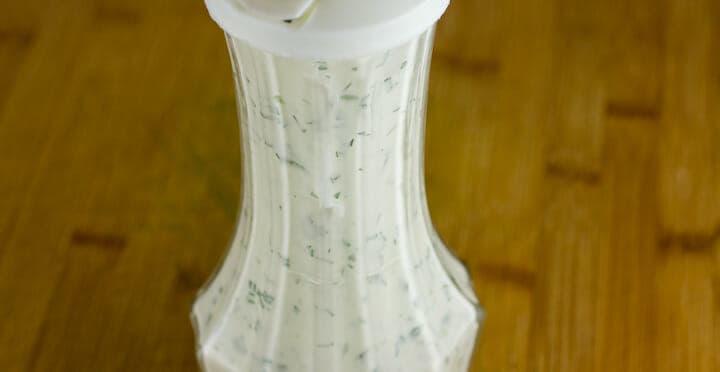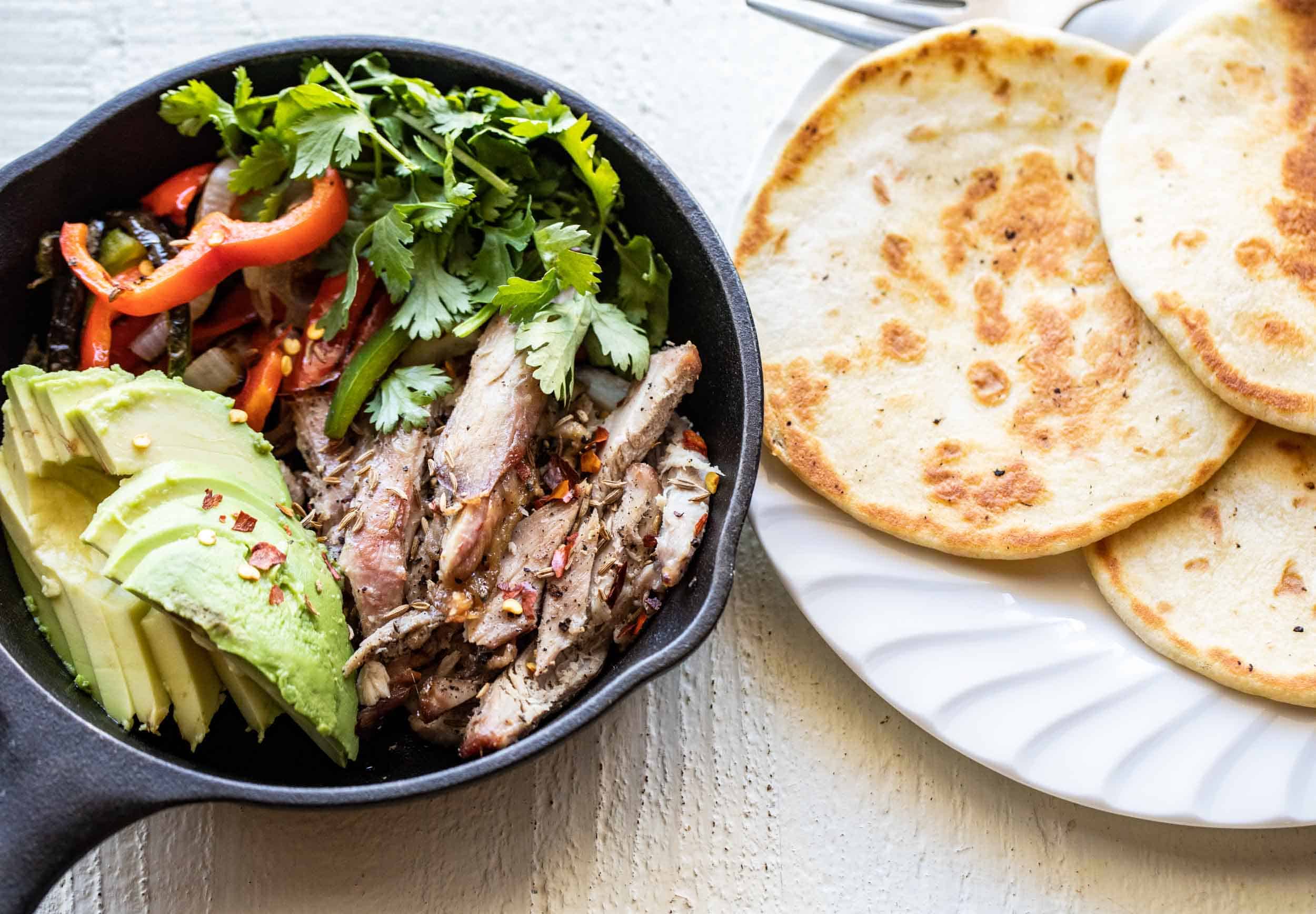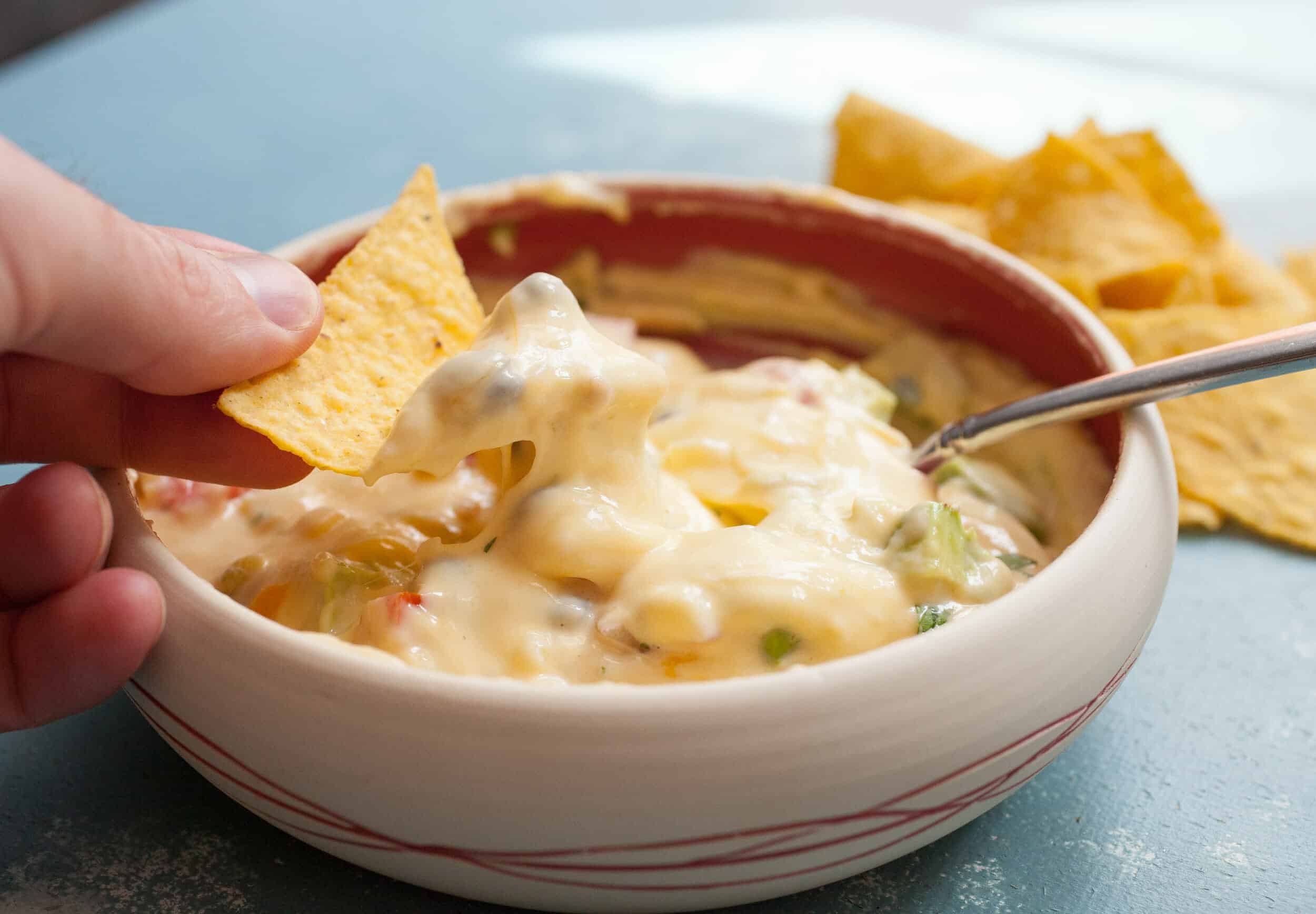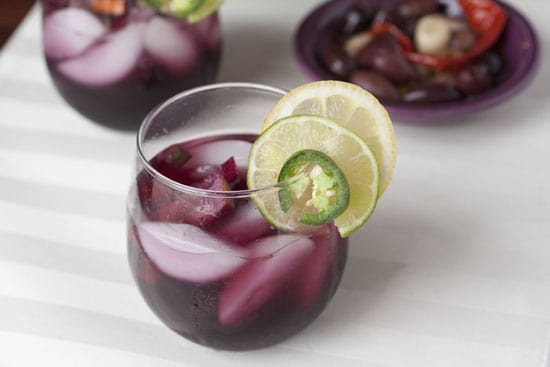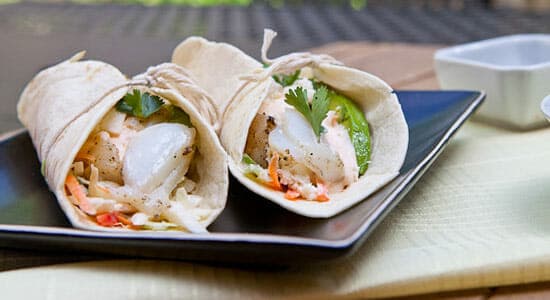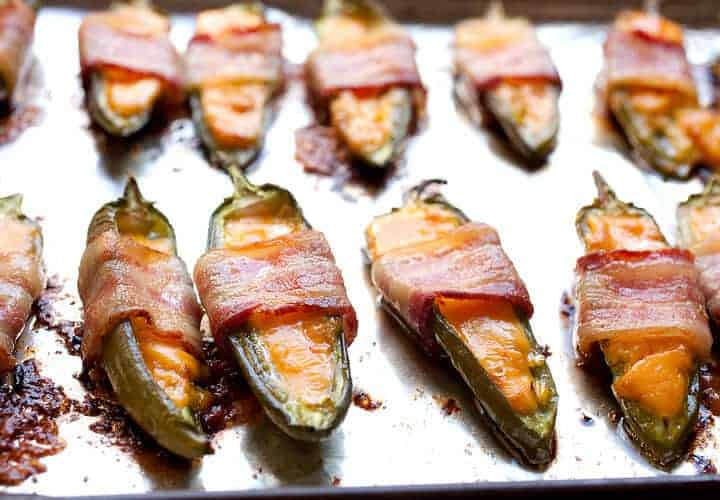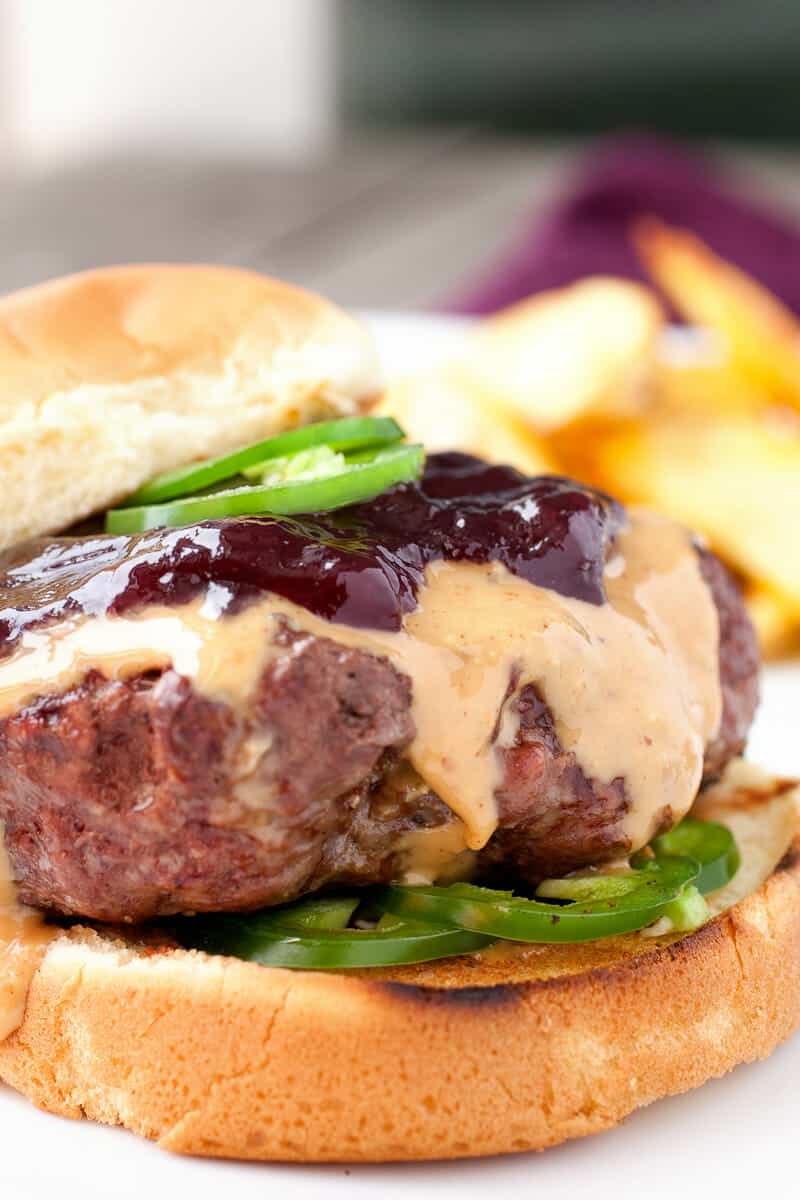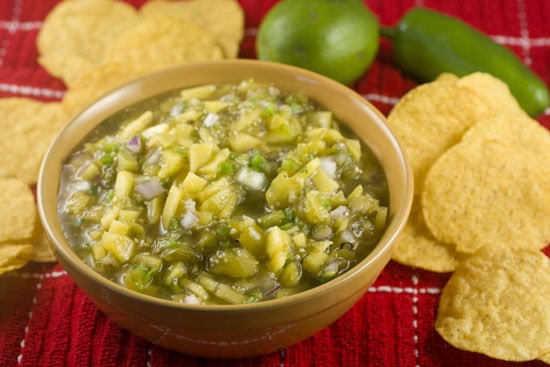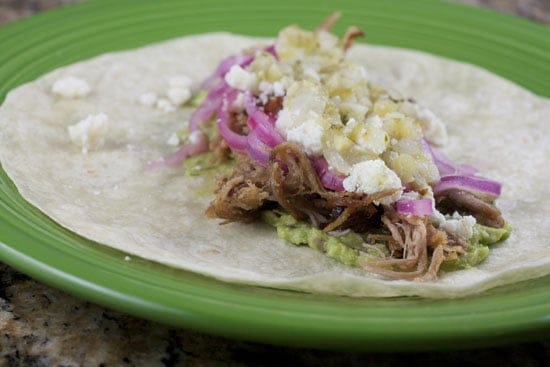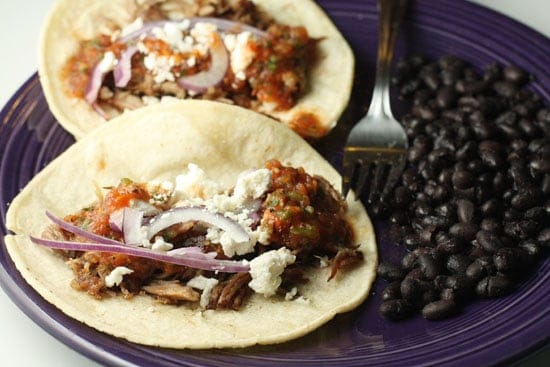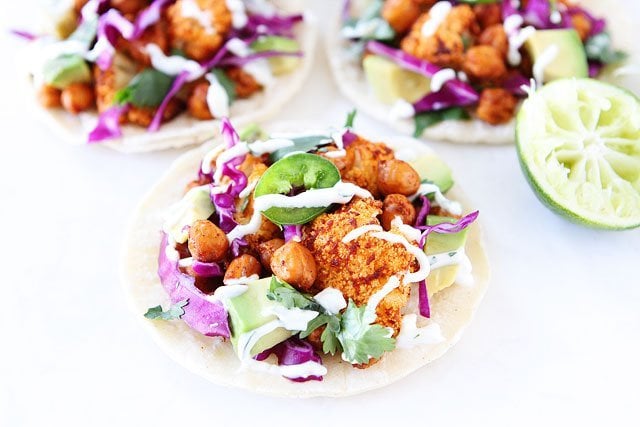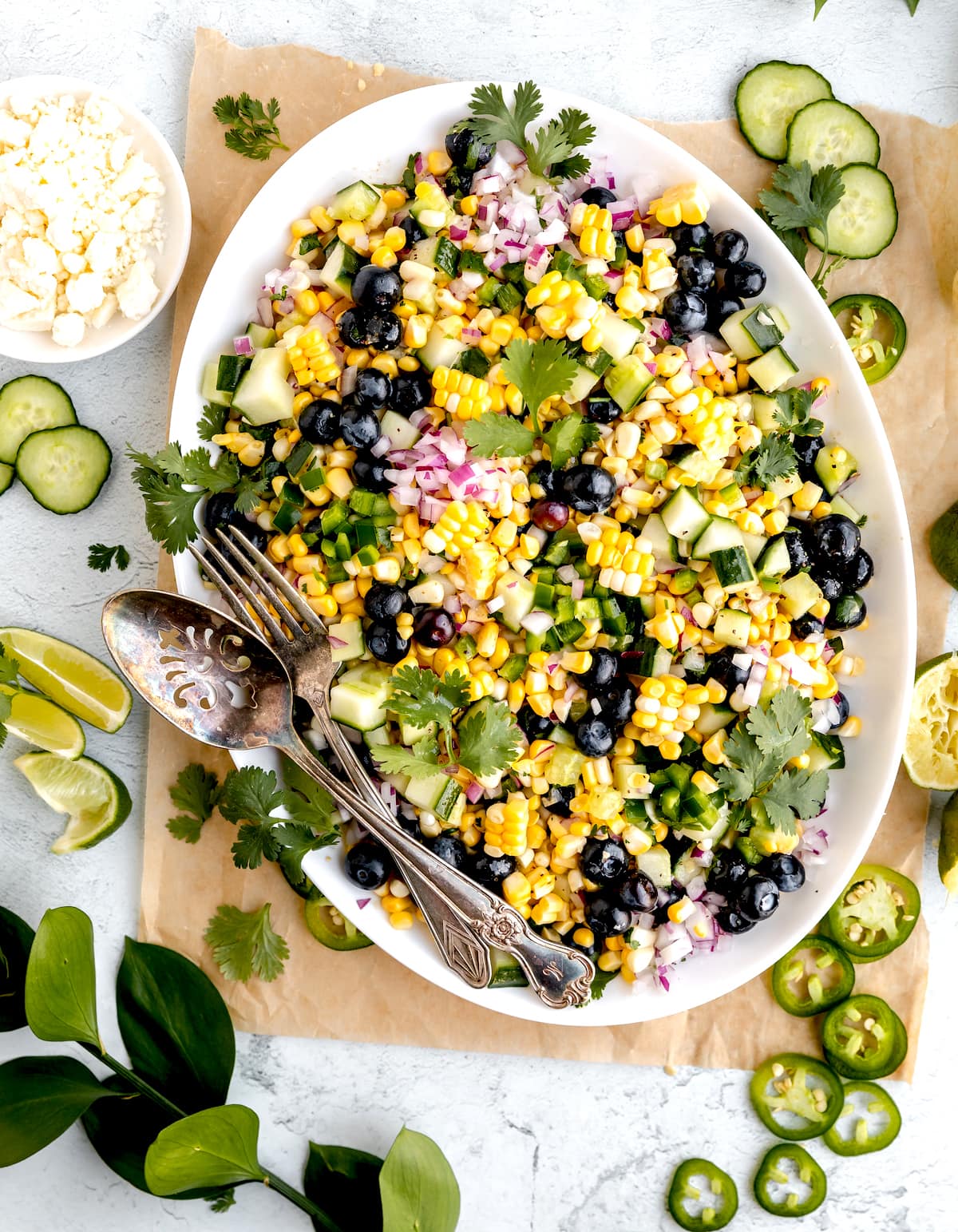Jalapeño Pepper: Important Facts, Health Benefits, and Recipes
Learn about the health benefits, history, and culinary uses of jalapeño peppers, as well as how to store and handle them safely in various recipes.
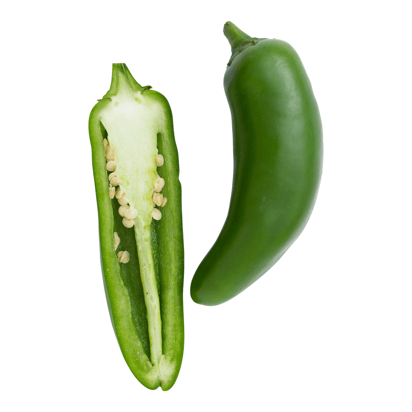
Nutritional Facts
1 pepper
Amount per serving
Calories
18
Carbohydrates
4.3 g
Fat
0.1 g
Protein
0.9 g
Saturated Fat
0 g
Sodium
3.2 mg
Fiber
0.7 g
Sugar
2.3 g
Best Jalapeño Pepper Recipes
-

-

-
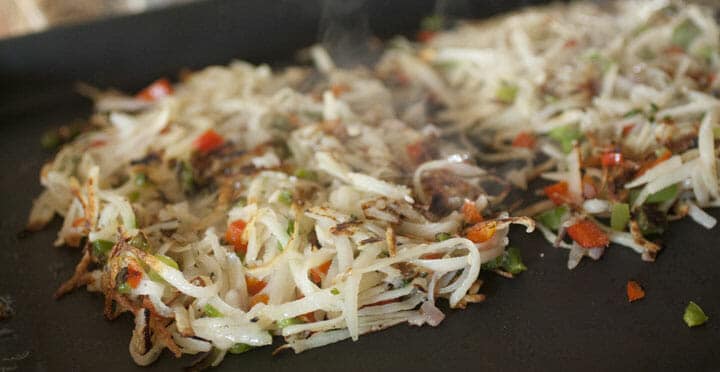
-

-
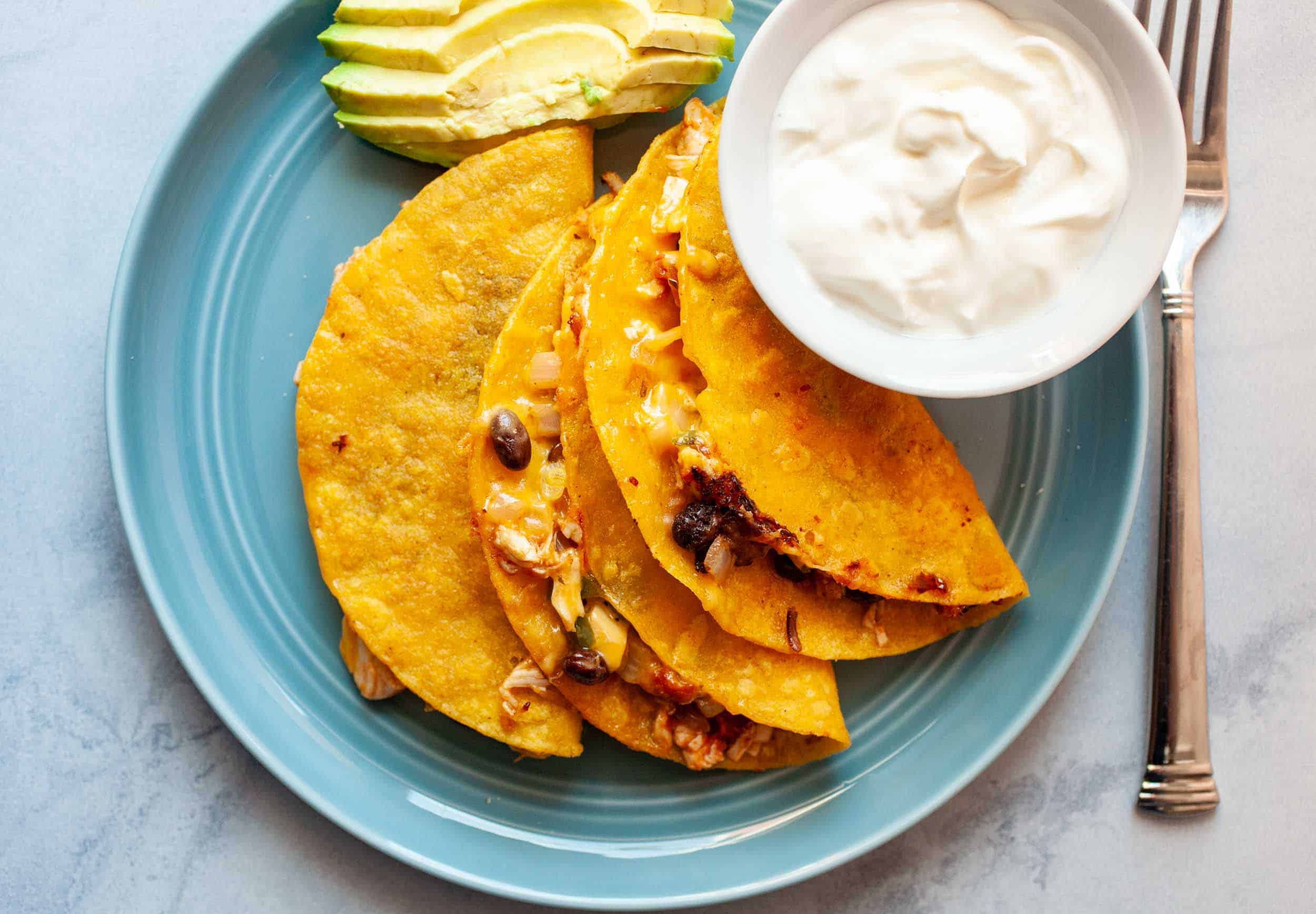
-
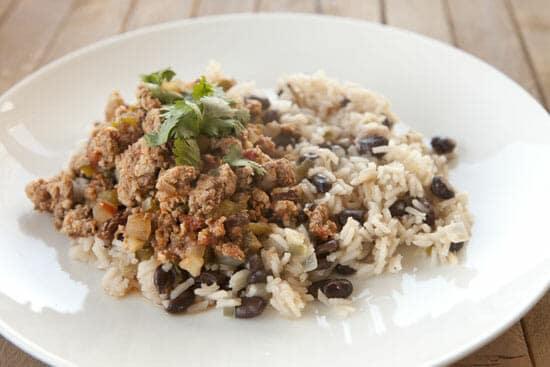
-
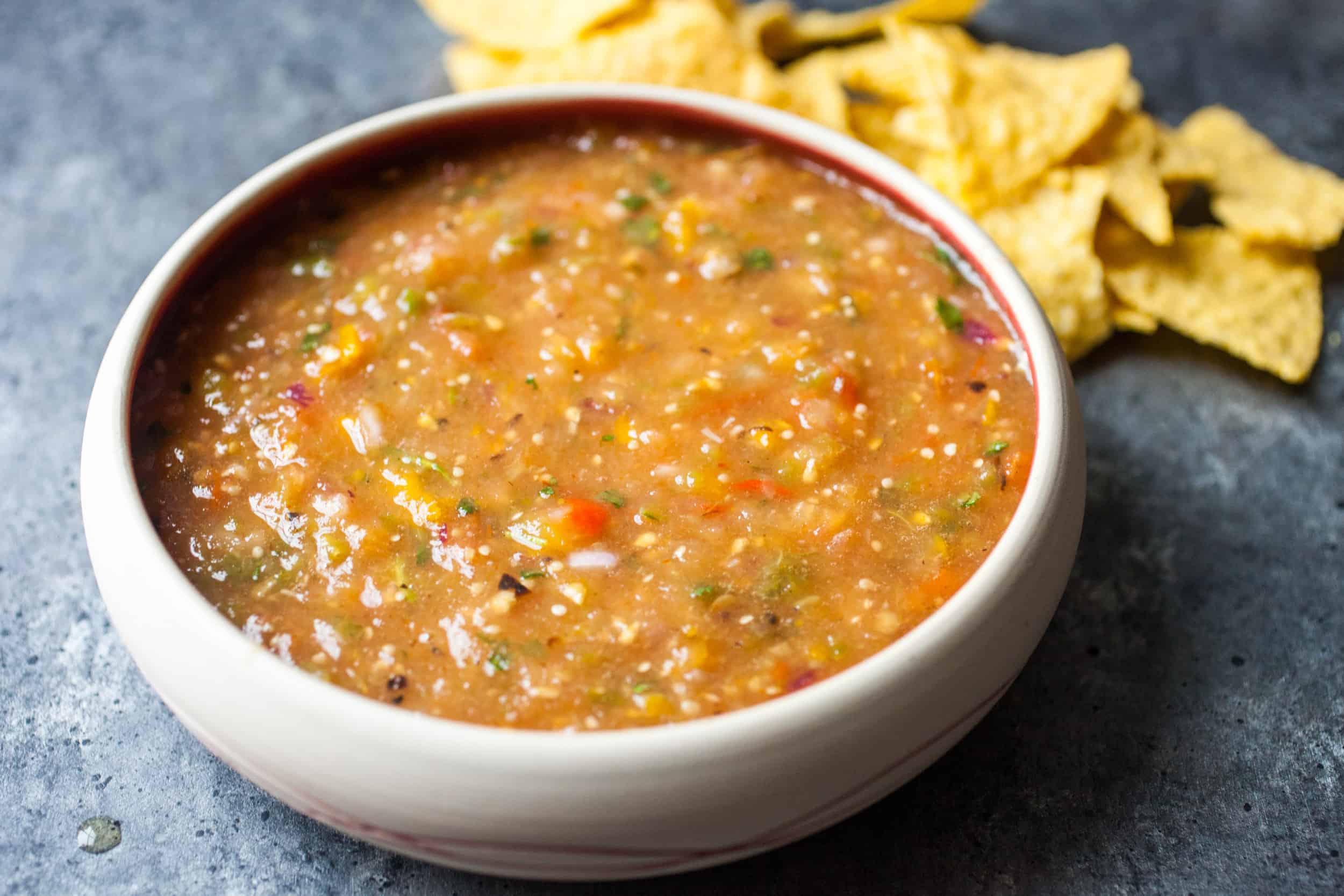
-

-
![Cabbage Salsa Image]()
-
![Jalapeno Ranch Dressing Image]()
-
![Spicy Shrimp Quesadillas Image]()
-
![Pulled Chicken Frito Pies Image]()
-
![Leftover Turkey Fajitas Image]()
-
![Macheesmo Mud Image]()
-
![Chimichurri Pork Rice Bowls Image]()
-
![Jalapeno Hush Puppies Image]()
-
![Spicy Sangria Image]()
-
![Spicy Black Bean Patties Image]()
-
![Kidney Bean Soup Image]()
-
![Cheddar Jalapeno Cream Cheese Image]()
-
![Matty's Breakfast Hash Image]()
-
![Grilled Fish Tacos Image]()
-
![Leftover Broccoli Rice Casserole Image]()
-
![Cheesy Buffalo Chicken Dip Image]()
-
![Tater Tot Jalapeno Poppers Image]()
-
![Roasted Jalapeno Tater Salad Image]()
-
![Cactus Scrambled Eggs Image]()
-
![Baked Jalapeño Poppers Image]()
-
![Pimento Cheese Omelet Image]()
-
![The Tempeh Scramble Image]()
-
![Spicy Peanut Butter & Jelly Butter Image]()
-
![Breakfast Nachos Image]()
-
![Cold Rice Noodle Salad with Crumbled Tofu Image]()
-
![Loaded Scrambled Eggs Image]()
-
![Pork Spring Rolls Image]()
-
![Jalapeno Cheddar Cornbread Image]()
-
![Tomatillo Peach Salsa Image]()
-
![Lime Pepper Chicken Image]()
-
![Grilled Carnitas Image]()
-
![Carnitas Image]()
-
![Best Bean Dip Image]()
-
![Easy White Chicken Chili Image]()
-
![Easy Chicken Tacos {Instant Pot} Image]()
-
![Vegetarian Quinoa Chili Image]()
-
![Peach Salsa Image]()
-
![Roasted Cauliflower and Chickpea Tacos Image]()
-
![Blueberry Corn Salad Image]()
-
![Easy Black Bean Dip Image]()



